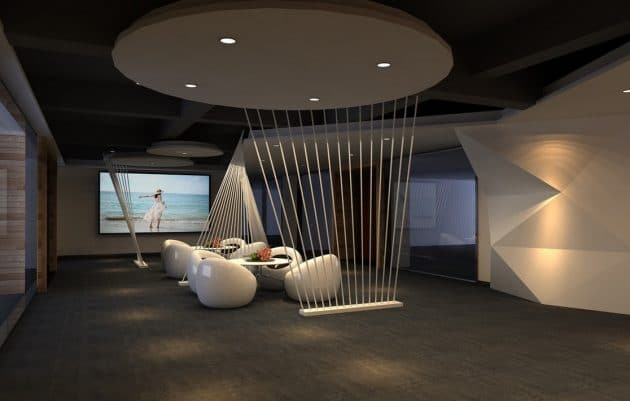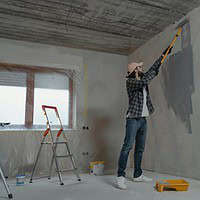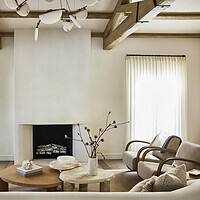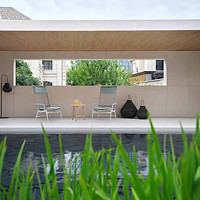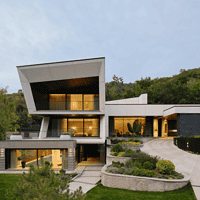Design Trends for Relaxing Rooms
Today’s design trends emphasize a more casual sense of comfort and less of the complexities of ornate, overpowering styles in room designs. Most designers thin through seven major features that comprise interior design: color, space, texture, pattern, light, form and line.
Room Designs Change with Time
Over the years, trends in room designs have changed radically as lifestyles have changed. These styles ranged from Edwardian to Art Deco to today’s trendy casual appeal.
Demographics also play a large role in how relaxing rooms are designed. From north to south and east to west, room styles offer a wealth of creative ideas.
Relaxing rooms are designed to create comfort zones that transport occupants away from daily stress and routine. For those who feel they are not creative enough to design relaxing rooms, choose a professional, licensed interior decorator. However, don’t discount the fact that your own personal tastes can be a guide to creative room designs that punctuate your living environment with relaxation and comfort. Also – don’t forget that just because your room design may be changed regularly, it doesn’t mean your mattress needs to.
How to Design Relaxing Rooms
Relaxation is a word that means different things to different people. For some, relaxation includes fun activities in a game room. For others, it may include a quiet nook in a bedroom. Infuse your room design with your own signature style. This may include ultra modern, rustic or country provincial.
One clue to get you started is to consider the exterior design of your home or apartment building. Relaxing rooms can coordinate or contrast with exterior design as you choose. Balance in room design is important to the final result.
There are several ways to design relaxing rooms without breaking a budget. This depends heavily on your choice of colors, textures, light and space.
Start your relaxing design in the part of your living quarters where you spend one third of your day every day: your bedroom.
Start with Room Inventory. Take inventory of your bedroom’s furnishings. Do they create a sense of balance? Today’s relaxing room trends allow for a little well placed clutter such as pillows, magazines and book racks and occasionally placed occasional chairs.
You can even highlight your bed as part of relaxing room design if you accentuate bed size, mattress and box spring style, patterned duvets, plush comforters and sheets, pillowcases and pillows in a variety of shapes like bolsters, throws, contours and oversized decorative pillows with fringe, ruffles and pleats.
Depending upon your final choice of room design, you might want a blend of one or two styles for your bedroom. For example, you may like a four-poster bed you can change to a modern style when you remove the bed drapes that surround you as you sleep.
You may prefer a rustic style, solid wood headboard or an ultra modern, gleaming chrome headboard. No matter which style you choose, you need to discuss the proper mattress size with your mattress professional.
Rooms Designed to Be Seen
Although most guests do not always see your bedroom, other visible rooms in your home should carry out the relaxing room design you create in your bedroom. Be sure to make full use of available space, especially in smaller sized rooms.
For example, if you love live plants, choose a corner of the living room, foyer or bathroom for your favorite growing things. If books are your passion, reserve space in the living room for a free-standing bookcase if space allows.
To create a relaxing dining experience in the kitchen or dining room, choose furnishings that are brightly colored, welcoming and invite guests to the table. To increase your own personal relaxation, choose appliances and other kitchen conveniences that make serving meals less labor intensive and send the most relaxing room design message.

